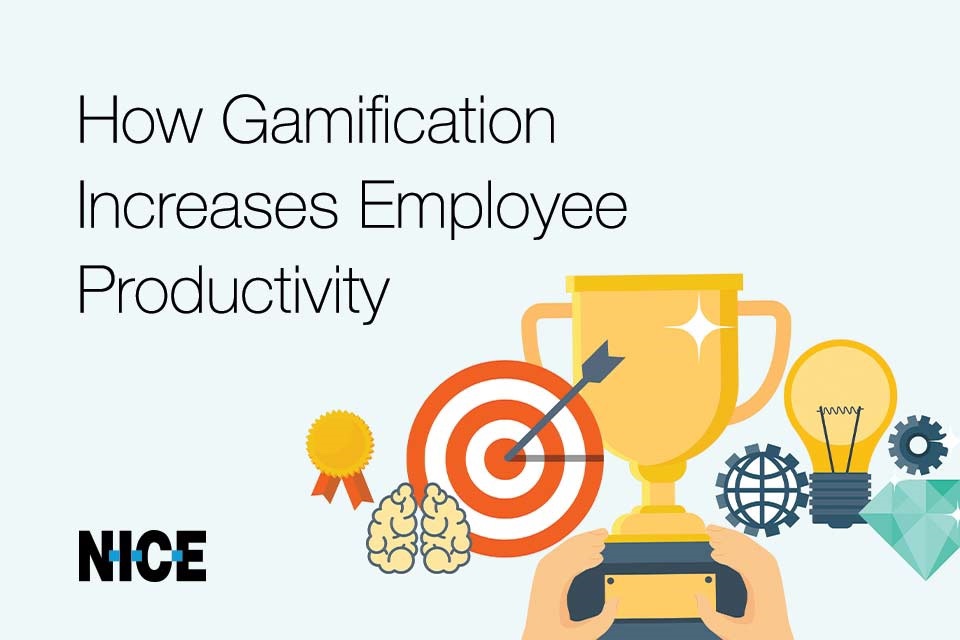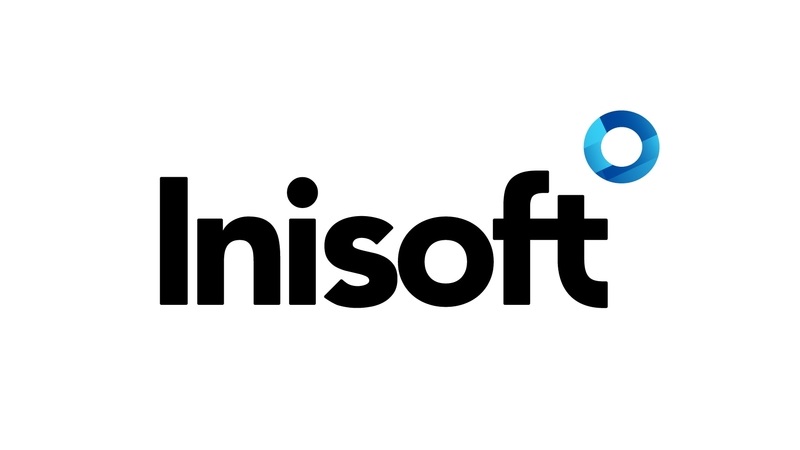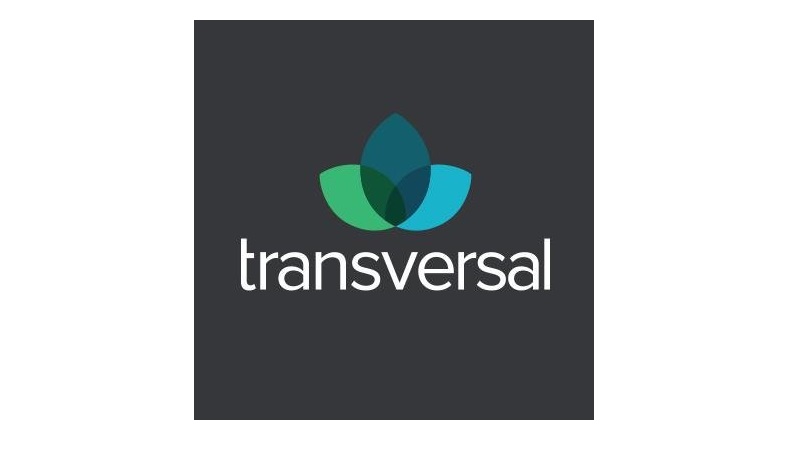Working from home: How separation affects the contact center
https://contactcentresummit.co.uk/wp-content/uploads/2020/11/NICE-WFM-Separation-960x640-1.jpg 960 640 Adam Aftergut Adam Aftergut https://contactcentresummit.co.uk/wp-content/uploads/2020/10/Adam-Aftergut-212x175.jpgBy Adam Aftergut, Product Marketing Manager, NICE
Part two in a three-part series on the root causes of work-from-home challenges faced by contact center agents and their employers…
As we noted in the first essay in this series on work-from-home challenges, fundamentally changing boundaries are having an impact on staffing and performance in the contact center. The most obvious and inherent shift is the physical separation between employees and their workplace in remote work models. In the contact center, that separation has created challenges that may seem unrelated upon first blush but are in all actuality two sides of the same coin.
While many employees view working from home as a perk, remote work nonetheless brings with it some operational challenges that weren’t present in the brick-and-mortar workplace. Remote agents often have less visibility into scheduling and performance as well as fewer opportunities for in-person recognition and professional development. These issues, in turn, translate directly into business challenges for their employer, with a direct effect on service levels, customer experience and efficiency.
Overcoming work-from-home challenges for agents also resolves them for the contact center, and vice versa, enabling seamless operation regardless of the distance between them. The following three critical work-from-home challenges are inextricably linked to the physical separation between the employee and their workplace.
Employees need schedule visibility; employers need agents to be reachable.
Many remote workers lack mobile access to their schedules, which leads to tardiness and more missed shifts, lowering adherence and increasing staffing variances. Moreover, the lack of remote agent views of schedule change opportunities (e.g., Extra Hours or Voluntary Time Off) impedes the resolution of intraday staffing variances.
In addition, in the fast-moving contact center, the surroundings and tempo keep employees on task, aware of the general arc of the day and in close touch with supervisors who can intervene or provide a gentle nudge as necessary. These cues help agents know where they need to be, whether they’re late, what events are upcoming and whether they should move to a new activity, among other things.
How technology can help you solve this challenge: A scheduling portal for automated self-service in a native mobile app or web-based application allows agents to access and update their schedules while remote. The portal’s intelligent automation technology also enables preapproved schedule change opportunities, giving agents unmatched transparency of their scheduling options and enabling instant changes by agents, all while ensuring that staffing needs are met. Automated push offers of schedule change opportunities also help supervisors ensure staffing optimization for contact center operations.
Employees need personalized recognition; employers need teams that are motivated.
The nature of work-from-home arrangements eliminates informal opportunities to connect with and motivate teams. When workers are remote, it is also harder to quickly recognize top performers and reward effective practices in real time. In fact, a Gallup poll found that three quarters of employees did not receive recognition or praise for doing good work in the last week, leading to lower quality and higher absenteeism.
The motivational challenge for contact centers in remote work environments is two-fold: identifying and rewarding high performers. Personalized and instant recognition of their progress, and rewards for their successes, help agents feel they are on a path toward definite goals. When employees are working on site, supervisors can easily share praise or set up a brief ad-hoc meeting during in-office hours. Agents, for their part, can shadow or receive on-the-fly input from co-workers. Other types of recognition for performance, such as preferential scheduling options, are dependent on being able to inform the agent in a timely manner.
How technology can help you solve this challenge: Automated KPI-based notifications alert supervisors or agents when the team or individual agents have hit key performance goals, such as a daily adherence target. These notifications provide instant recognition for agents and contact center teams when their performance is noteworthy, providing motivation, recognition and reinforcement. In addition, they can move agents through a multi-step progression of goals. By helping supervisors see who is performing well in the moment, they also shed a light into best practices.
Employers need to provide development opportunities; employees need self-improvement options.
In the remote workplace, employees can be harder to coach or train due to the lack of in-person guidance and timely feedback, including indications of the impact of coaching sessions. Supervisors who wish to promote self-directed corrective measures in response to negative KPI trends are faced with the challenge of notifying agents working from home promptly. As a result, performance improvements take longer and occur in less significant increments.
In addition, agents working remotely who wish to manage their own professional self-improvement are often limited in their options to receive the best information on their performance. This may be due to poor remote access or visibility, a dependence on supervisors or a lack of real-time data.
How technology can help you solve this challenge: Agents receive timely, targeted and personalized alerts of KPI trends via native mobile and web-based applications as well as via automated emailing and text messaging, identifying areas for improvement before CSAT takes a hit. These KPI alerts can also account for correlated KPI trends, such as a spike in average handle time preceding a drop in service levels. Supervisors are also automatically informed of an agent’s metrics – if intervention is needed, the focus of improvement efforts is clear and transparent to both the agent and the supervisor.
Different perspectives, common solutions.
Each of the work-from-home challenges caused by physical separation can be viewed from two perspectives – that of the employer and that of the employee. However, if you solve the challenge for one stakeholder, then you’ve often also solved it for the other.
NICE Employee Engagement Manager (EEM), a key component of the NICE Intelligent WFM Suite, enables contact centers to bridge the gap between remote employee and workplace. The broad capabilities of EEM’s intelligent automation engine not only improve staffing levels intraday and near-term, but also drive a wide variety of employee actions for improved performance.
Learn more about how EEM helps contact center teams adapt to changing boundaries in the work-from-home environment.
The next installment in this series on work-from-home challenges takes a deeper look at another way in which professional boundaries are changing – the blurring of the distinction between work and home.
Do you need help in generating more efficient schedules and automating the challenge of optimizing your net staffing?
Download our complimentary eBook: Intelligent Automation and Simulation in WFM for Dummies.
This book will help you understand how using machine learning based simulation can help create schedules based on true multi-skill efficiencies based on ACD routing rules and skills not just static percentages. It will also help you see how you can automatically and proactively create offers for voluntary time off and overtime based on skills to the exact right agents, thus solving the age-old issue of net staffing optimization.





